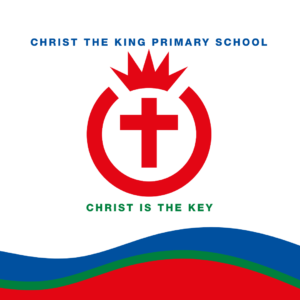At Christ the King we have innovated on our Inquiry Learning Model and transitioned to a Problem-based Learning (PBL) process. This student centred, constructivist approach begins with presenting students with a provocation challenging them to consider the perspective of others, identify the problem and design a plausible solution. This learning model is underpinned by deep thinking and STEM (Science, Technology, Engineering and Maths) mind and skill sets.
Through the PBL process, students are scaffolded to solve authentic real-world problems by undertaking investigation. It encourages students to experience a learning process where they investigate, design, create and test their ideas in order to find a viable solution. PBL involves a collaborative approach to an open-ended problem following the process below.
Begin with a Provocation
Spark Deep Thinking
Students are presented with a provocation that is intended to provoke thoughts, ideas, and actions. These provocations can take many forms; a short film, an image, statement or question. Students are supported to question the provocation and wonder.

Students across Prep to Year Six are scaffolded to experience learning through this model.
It is amazing the ideas, designs and thinking students across the school create throughout this process! You can find all about Problem-based Learning and the Design Thinking Process on our website located here.
Step 1: Empathise
Research & Investigate
Students use research skills to find out more about the topic. This includes defining and explaining the technical terms (vocabulary) related to the topic and clarifying presumptions about the topic. This stage of the design process is all about developing professional knowledge, understanding and insights about the topic from multiple perspectives.
Step 2: Define
Ask Yourself and Others, ‘What is The Problem?’
Students identify and clearly explain an issue or problem related to the topic and record their problem as a statement. A clear understanding of the problem will guide ideas. Where possible, the problem statement will show consideration of the target audience.
Step 3: Ideate
Generating Ideas!
Students begin to apply their creative and critical thinking skills to generate multiple ideas. Engineers and designers need an open mindset and a judge-free environment. “Moonshot Thinking” is encouraged in this step and students are challenged to consider using technology in a radical way to solve a real-world problem. Once multiple ideas are generated, students narrow their thinking to select the solution they are most passionate about.
Step 4: Prototype
Producing & Creating your Solution
This is where students begin to bring their idea to life by designing a model or testing your theory. Prototypes can take many forms, however they are all tangible – meaning they can be seen, experienced or touched in real life. Chances are, the students first prototype won’t be perfect…this is okay – remember this is a design cycle!
Step 5: Test
Evaluate & Utilise Feedback
This stage requires students to test their solution with a real-world audience and receive feedback about their experience. Feedback is essential to achieving success. “I really liked how…But it would be even better if…” is one of the many different feedback strategies used throughout the school. Students consider how they will gather feedback and what questions they will ask to improve your design.

